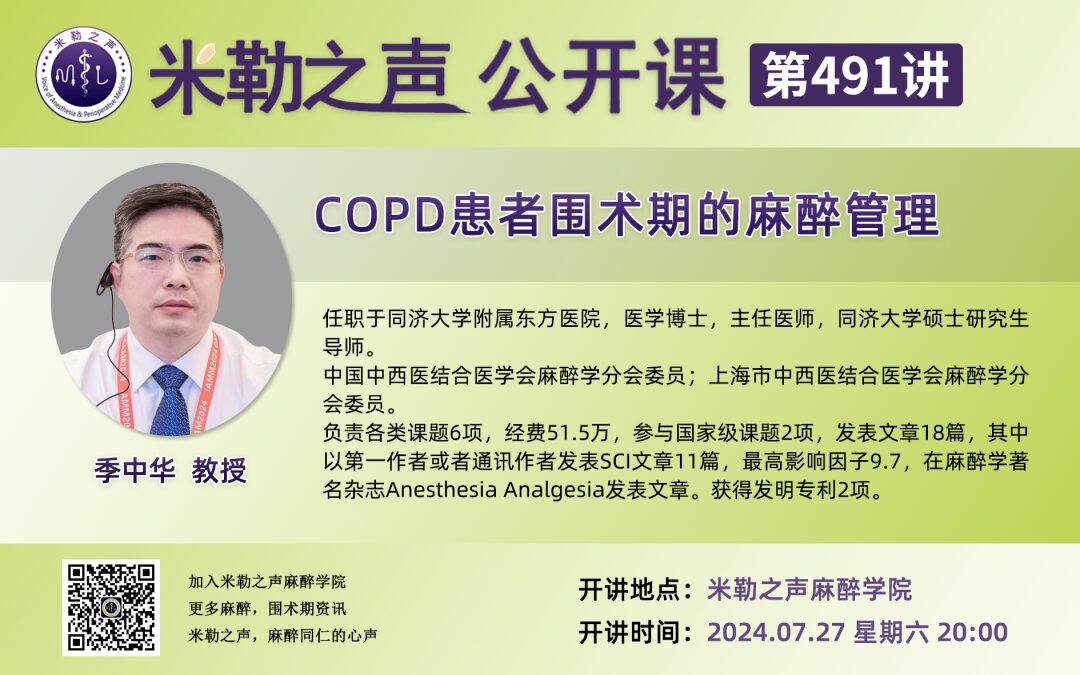
Click the blue text above to follow us





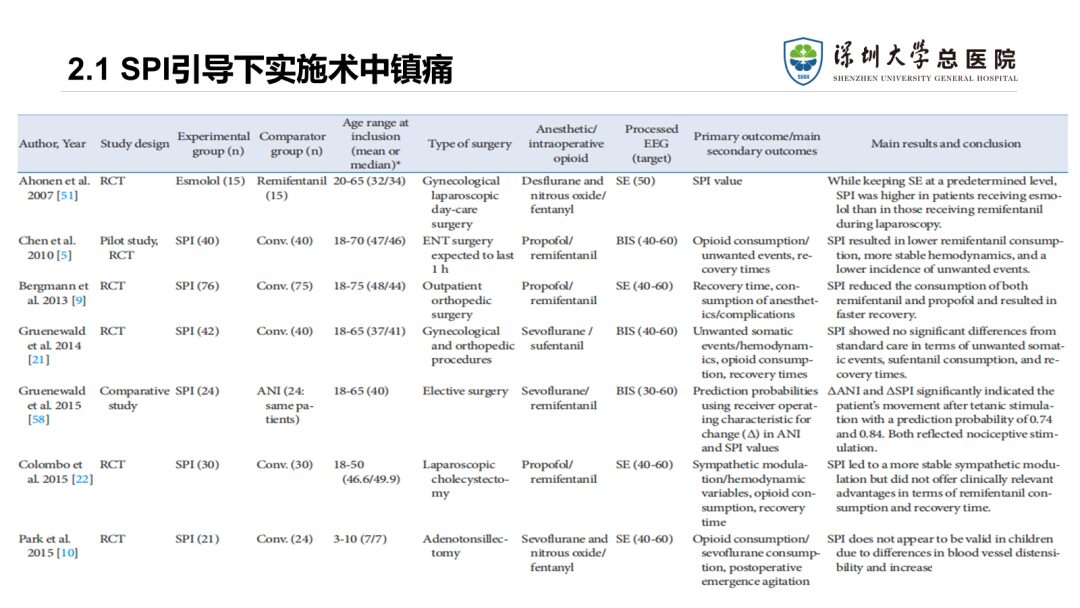
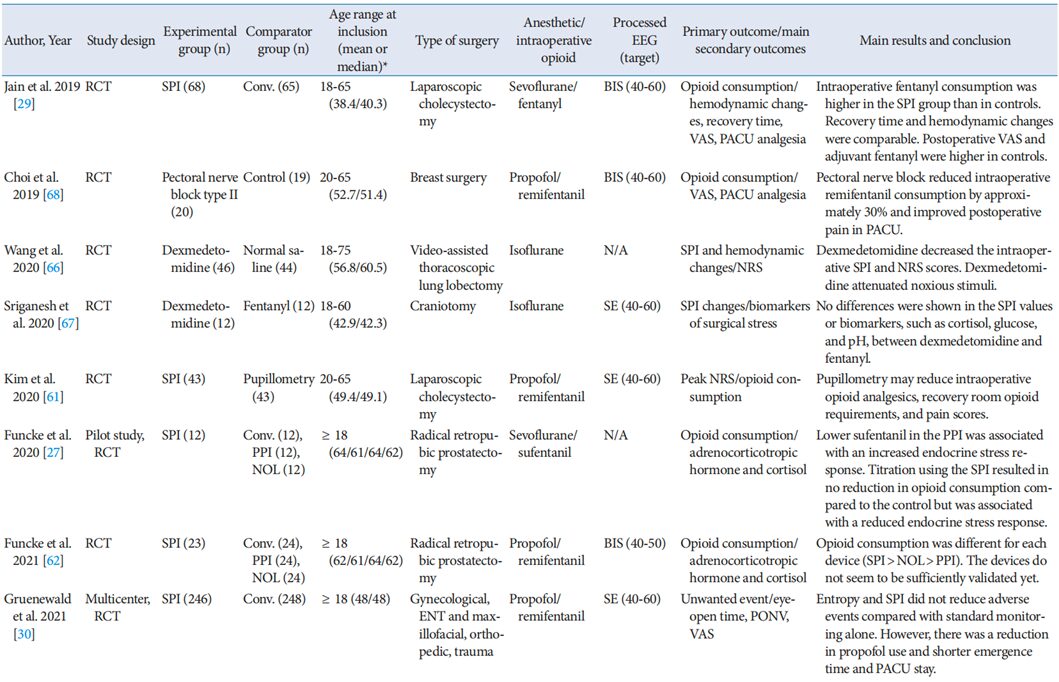
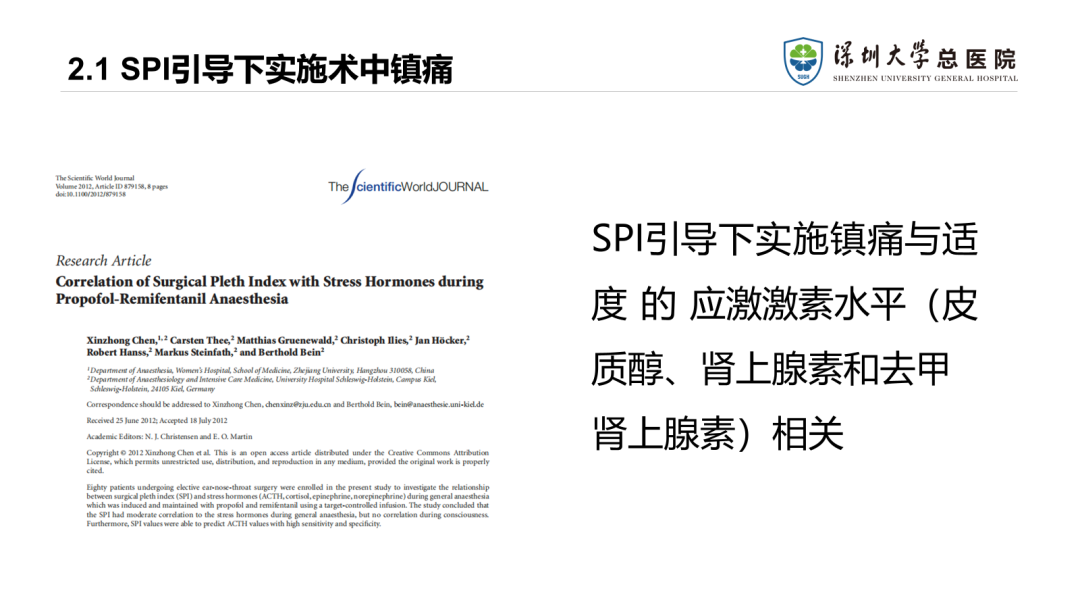
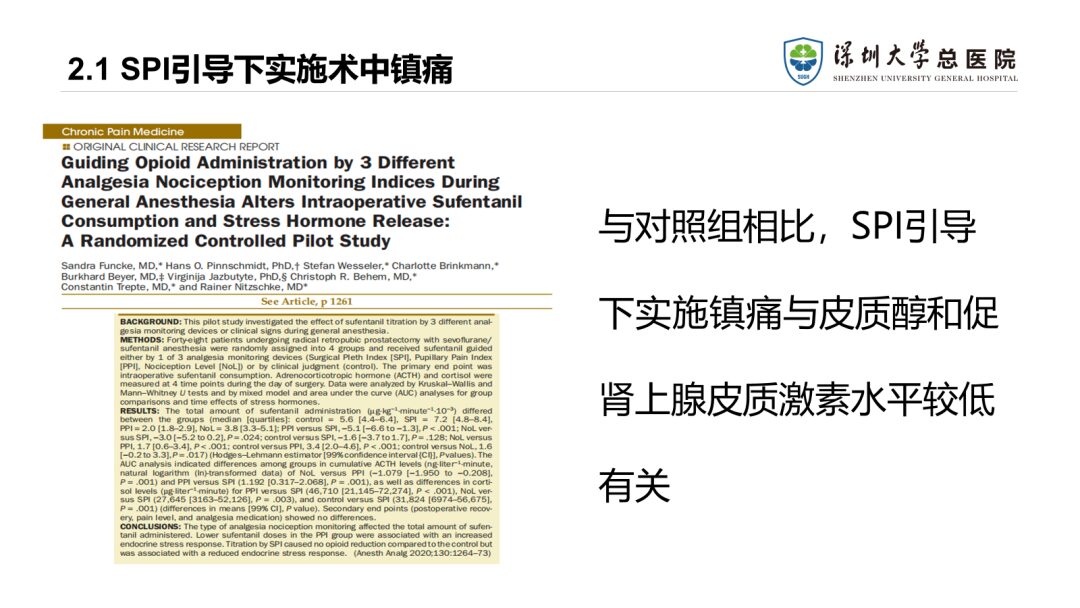
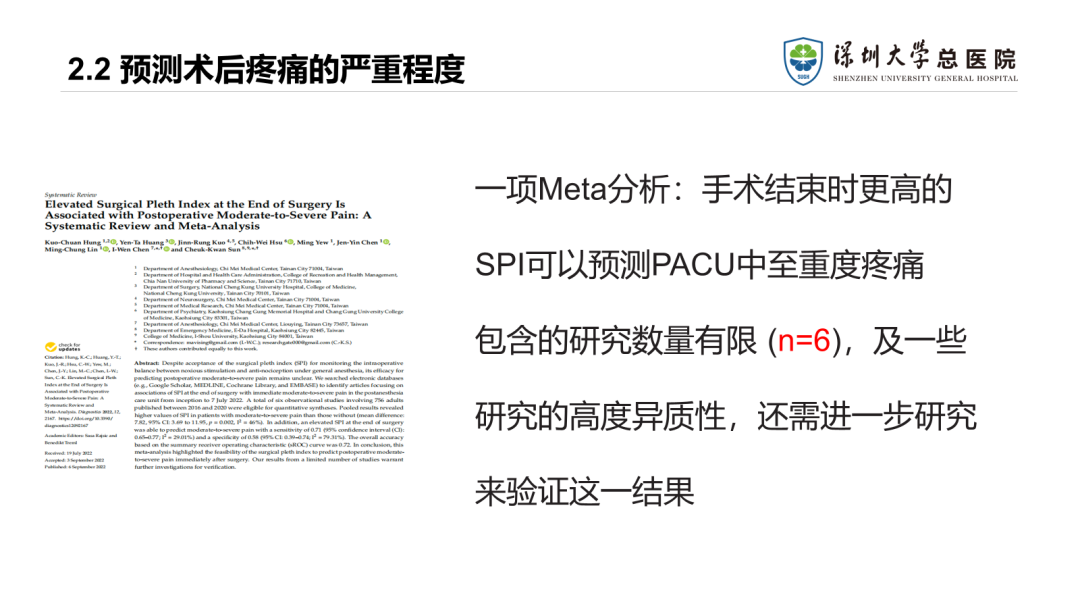
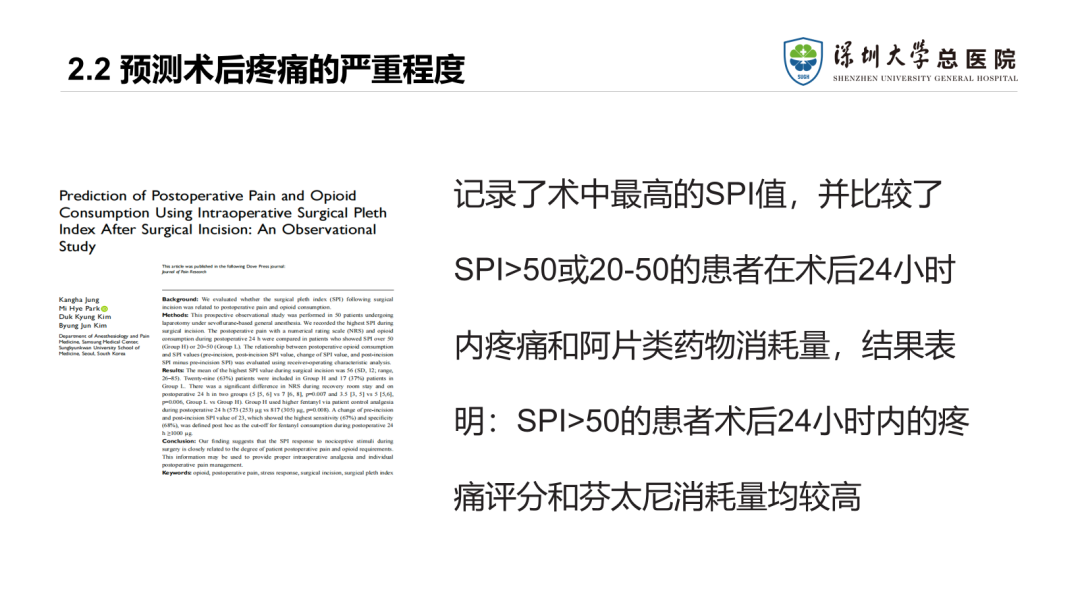

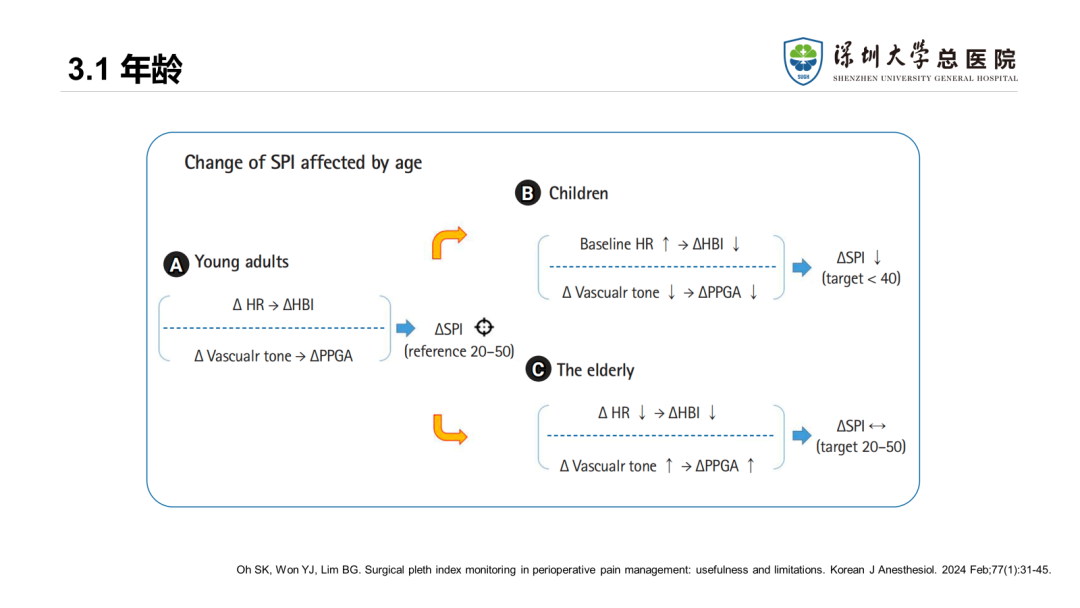
Summary
★
1. SPI monitors the nociception-anti-nociception balance during general anesthesia by measuring the photoplethysmographic signals at the fingertip;
2. A large body of evidence shows that in adults without serious underlying diseases, the target range for adequate analgesia during general anesthesia is usually 20-50;
3. In children, SPI < 40 is the target for adequate intraoperative analgesia;
4. The effectiveness of SPI in monitoring analgesia during surgeries using total intravenous anesthesia has been confirmed, while its effectiveness in inhalation anesthesia surgeries remains controversial;
5. Drugs such as ephedrine, norepinephrine, nicardipine, atropine, and pacemakers may interfere with the accuracy of SPI monitoring;
6. Blood volume and position may also interfere with the accuracy of SPI monitoring.

●Other applications of BIS monitoring in clinical practice
●Electrical injuries caused by muscle relaxant monitoring
●Invasive arterial blood pressure monitoring: The unsung hero of precision medicine
●Monitoring urine output intraoperatively is important and closely related to postoperative renal dysfunction
●Literature study | Ward Monitoring 4.0: Understanding perioperative organ dysfunction through continuous blood glucose monitoring

QR Code for Collecting Fan Demands of Voice of Miller

(Scan to fill in your needs)

Disclaimer:
The original or reprinted content published on this WeChat public platform does not represent the views or positions of Voice of Miller. The content regarding drug use, disease diagnosis and treatment is for reference by medical professionals only.

Editor: MiSuper.米超
Proofreader: Michel.米萱
Editing Department of Voice of MillerVoice of Miller, accompanying you with heart
Follow Voice of Miller
Stay updated on new developments in anesthesia and perioperative fields
Voice of Miller, one day, your voice will be heard

